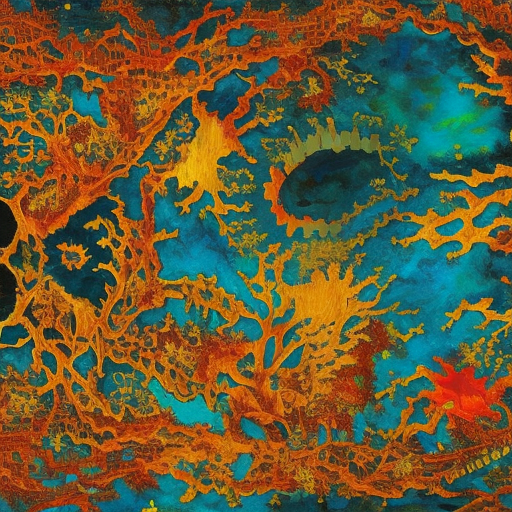Summary:
Art theorists are individuals who study and analyze art, providing insights and interpretations that help us understand the meaning and significance of artworks. They play a crucial role in shaping our understanding of art and its role in society. This summary explores the contributions of some prominent art theorists throughout history.
1. Plato:
Plato, a Greek philosopher, believed that art was a mere imitation of reality and that it had the potential to corrupt society. He argued that art should be censored and controlled by the state to ensure it served a moral purpose.
2. Aristotle:
Aristotle, another Greek philosopher, had a more positive view of art. He believed that art had the power to evoke emotions and provide catharsis, allowing individuals to experience and release their emotions in a controlled manner.
3. Immanuel Kant:
Immanuel Kant, a German philosopher, emphasized the importance of aesthetics in art. He argued that art should be judged based on its subjective beauty and the pleasure it brings to the viewer. Kant also believed that art should be free from moral or political influences.
4. Walter Benjamin:
Walter Benjamin, a German cultural critic, focused on the impact of technology on art. He argued that the mechanical reproduction of art diminished its aura and authenticity. Benjamin also explored the concept of the “aura” and how it was lost in mass-produced artworks.
5. Clement Greenberg:
Clement Greenberg, an American art critic, played a significant role in shaping modern art theory. He championed the idea of formalism, which emphasized the importance of the formal elements of art, such as color, shape, and composition. Greenberg believed that art should be autonomous and self-referential, free from external influences.
6. Roland Barthes:
Roland Barthes, a French philosopher and literary theorist, explored the relationship between language and art. He argued that language could never fully capture the essence of art and that art should be experienced and interpreted individually. Barthes also introduced the concept of the “death of the author,” suggesting that the meaning of an artwork is not solely determined by the artist but is also shaped by the viewer’s interpretation.
7. Judith Butler:
Judith Butler, an American philosopher and gender theorist, examined the intersection of art and identity. She explored how art can challenge and subvert traditional gender norms and power structures. Butler emphasized the importance of representation and visibility in art, particularly for marginalized communities.
8. Jacques Rancière:
Jacques Rancière, a French philosopher, focused on the political implications of art. He argued that art has the power to disrupt existing power structures and challenge dominant narratives. Rancière believed that art should be accessible to all and that everyone has the capacity to understand and appreciate it.
In conclusion, art theorists have made significant contributions to our understanding of art throughout history. From Plato’s skepticism towards art to Rancière’s emphasis on its political potential, these theorists have shaped the way we perceive and interpret artworks. Their ideas continue to influence contemporary art theory and contribute to ongoing discussions about the role of art in society.












